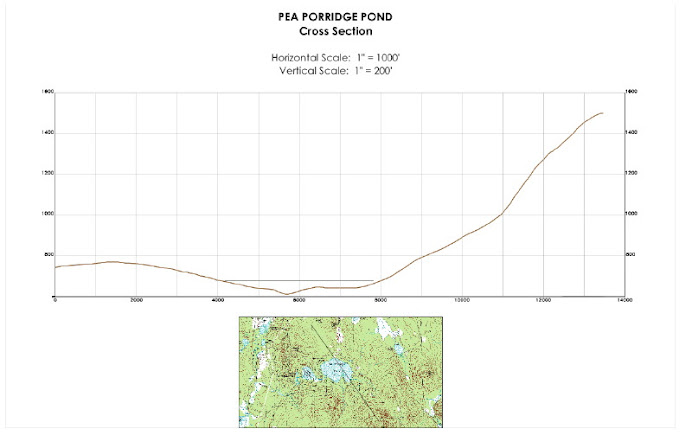 Spare a thought as your fearless Madison Hills Paleoecology project blog-meister (wearing the appropriate protective gear) battles significant environmental hardship (distraction?) down-under to update the blog with the latest scientific data (and ruminations) just in from the arctic tundra field team on BPPP - fourteen times zones and two seasons away!
Spare a thought as your fearless Madison Hills Paleoecology project blog-meister (wearing the appropriate protective gear) battles significant environmental hardship (distraction?) down-under to update the blog with the latest scientific data (and ruminations) just in from the arctic tundra field team on BPPP - fourteen times zones and two seasons away!
The Madison-Hills Paleoecology Project ("MPEP")
Introduction
Scientific Basis of the MPEP
Lake-bottom sediments represent the most continuously detailed records of post-glacial (Pleistocene to Holocene) climate and environmental change available, and such records provide the best long term context for the dramatic physical and biological/ecological changes that have occurred during what has become to be known as the "Anthropocene" period (time since the beginning of extensive human habitation).
Who's Involved
The scientific staff of MPEP includes the following individuals, all of whom are donating their professional expertise to the project:
P. Thompson Davis, Ph.D., Dept. of Natural & Applied Sciences, Bentley College.
Brian Fowler, Quaternary Scientist, Project Director.
Lee Pollock, Ph.D., Dept. of Biology, Drew University.
Lisa Doner, Ph.D., Center for the Environmental, Plymouth State University
Saturday, March 22, 2008
Blog-meister does it tough!
 Spare a thought as your fearless Madison Hills Paleoecology project blog-meister (wearing the appropriate protective gear) battles significant environmental hardship (distraction?) down-under to update the blog with the latest scientific data (and ruminations) just in from the arctic tundra field team on BPPP - fourteen times zones and two seasons away!
Spare a thought as your fearless Madison Hills Paleoecology project blog-meister (wearing the appropriate protective gear) battles significant environmental hardship (distraction?) down-under to update the blog with the latest scientific data (and ruminations) just in from the arctic tundra field team on BPPP - fourteen times zones and two seasons away!
Subscribe to:
Post Comments (Atom)



2 comments:
You are such a trooper, Bob, working away there in your "office"! You have no idea how that beach shot feels from our endless winter back here....
Of course we all realize that seasons are reversed between here and Austrailia. But looking at the time of your posting and viewing the photo, I had no idea that day-night was also reversed!! Amazing!
Lee
Your MPEP cap is very becoming. You look very relaxed and warm, although you should be playing in the surf not surfing on your laptop...
Seriously, though, thanks for all your help and on-going assists with the blog. It's a real complement to the project and a real talking point now that folks have discovered it. I just sorry the location of the drill hole was beyond the field of view for your webcam. Hopefully, the photos we sent along make up for it. Talk with you soon, and thanks again!
Brian
Post a Comment